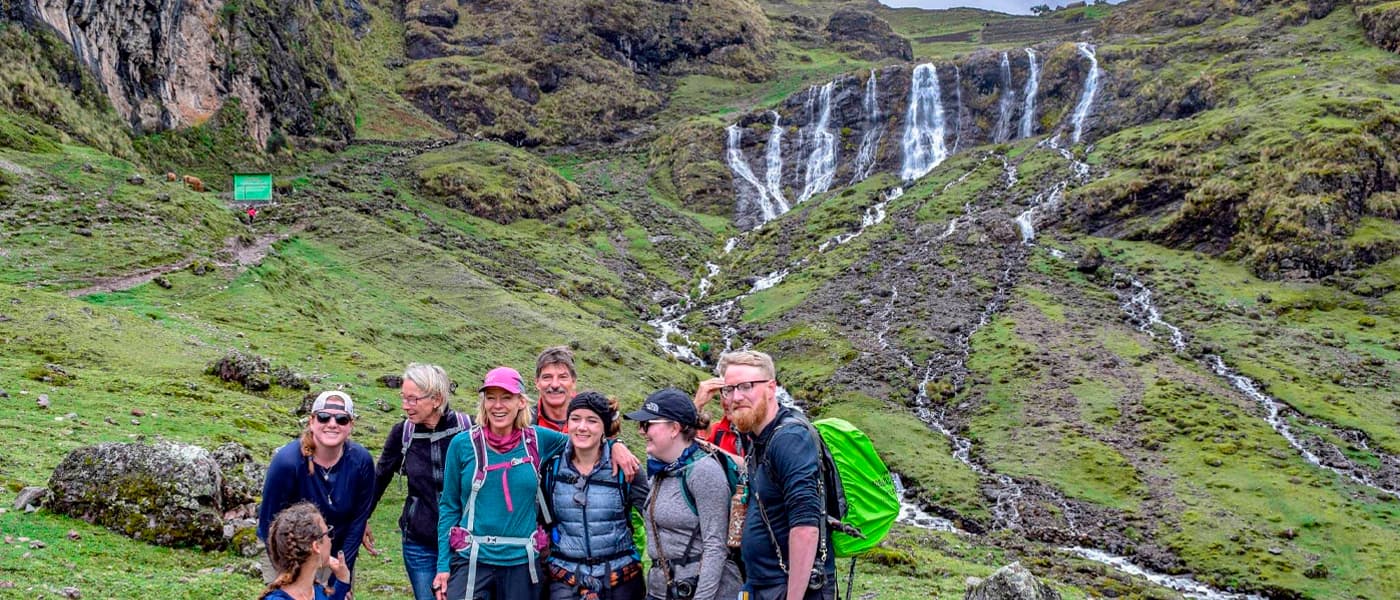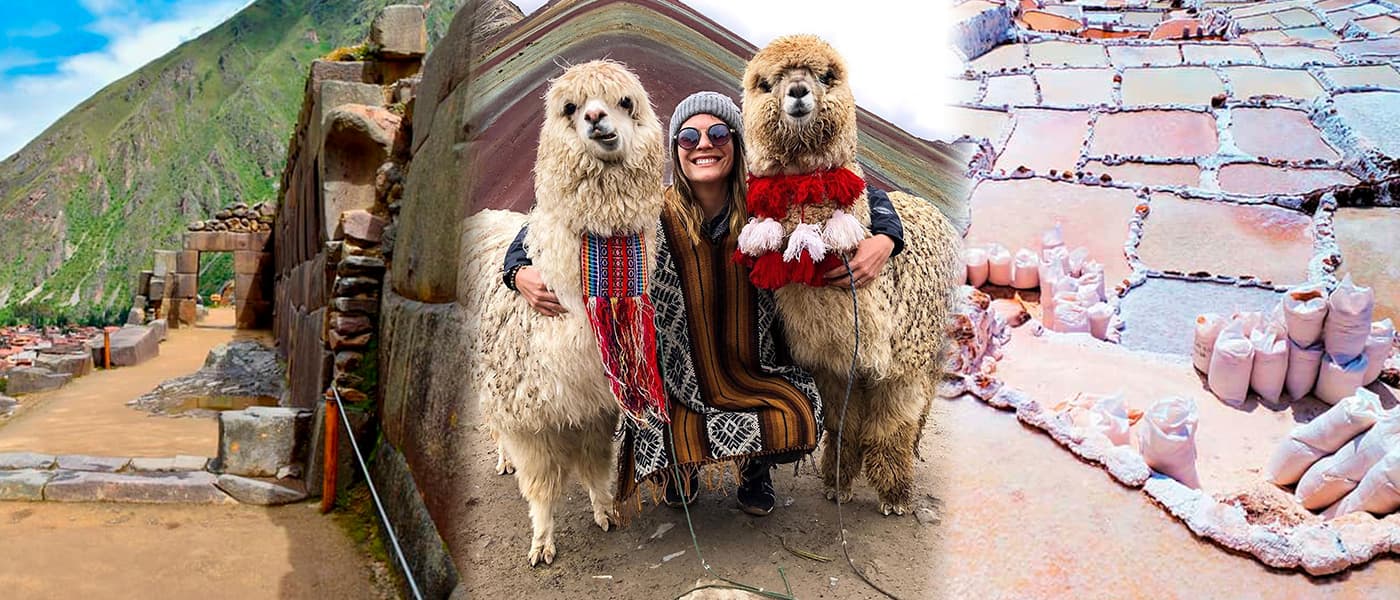Birds on the Inca Trail
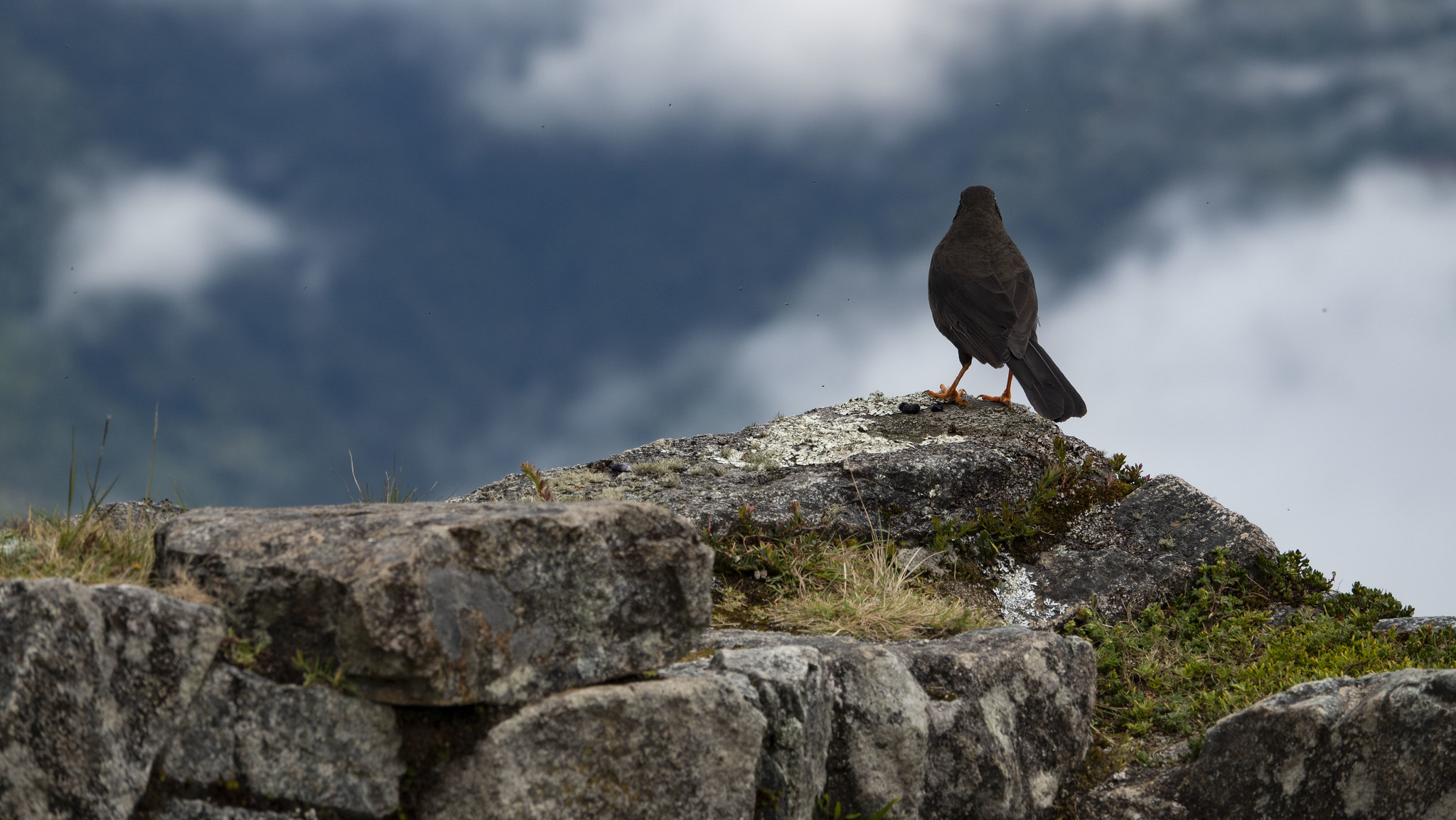
The Machu Picchu Historic Sanctuary covers 32,952 acres and is home to a network of Inca trails, scores of archeological sites, 10 ecological zones (from glacial peaks to tropical forests), over 450 species of birds, 700 species of butterflies and 200 species of orchids, as well as the legendary citadel of Machu Picchu! As a result of the different microclimates and temperatures the sanctuary is therefore home to a rich biodiversity.
First, the wide altitude range provides a great range of temperatures. In addition, the high mountain ridges create microclimates favorable to the evolution of certain species and subspecies. Finally, thanks to the ever-present rainfall of the Amazon Basin and the mist that creeps up the sheltered valleys, there is humidity year-round.
Peru has the second largest bird species in the world after Colombia. It is a bird watchers paradise. The majority of the 1858 species in the country can be find near the Amazon Basin. Machu Picchu is nestled between the Andes Mountains and Amazon Rainforest creating the perfect conditions for the extensive biodiversity to thrive.
Birds in Machu Picchu
Hikers of the Inca Trail are privileged to find plenty of places for a bit of bird-watching. You’ll find several Andean-only species, in many colors and sizes. Parrots, doves, hawks, woodpeckers and more, quite a thrill for ornithology lovers!
Andean Condor (bird of prey)
The Andean Condor is currently the largest bird of prey in the world, but unfortunately is in a vulnerable state due to many human factors that can be avoided. To watch these great birds in flight is a magical experience. They can reach a wingspan of 3.3m and weigh about 15kg. (Size 100 – 130cm; wingspan 300cm)
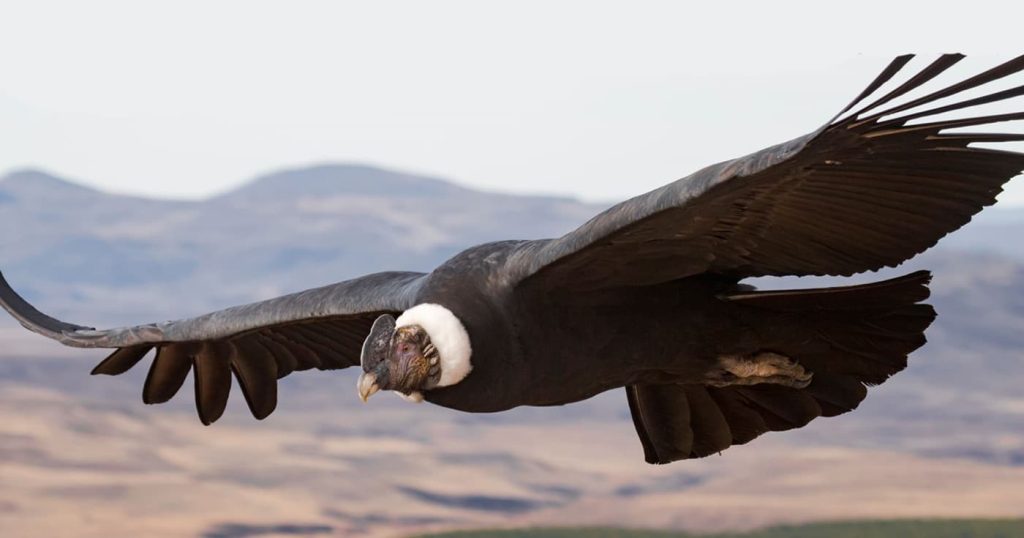
Black-and-chestnut eagle (bird of prey)
They are normally found in the humid parts of Andes at elevations between 1,800 to 2,500 m (5,900 to 8,200 ft). Deforestation had caused a significant decline in the species and they are currently classified as endangered. As adults they become a glossy black with a streaky chestnut underside. (Size 60 to 80 cm : wingspan147 to 180 cm)
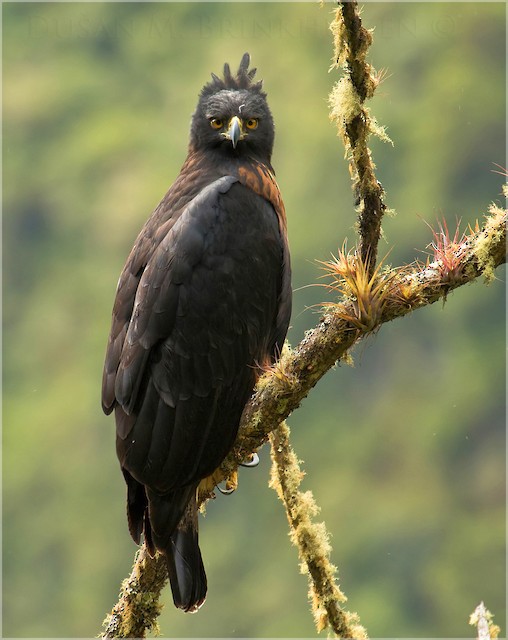
Andean Cock-of-the-rock (Contiga family) }
The national bird of Peru is also known as Tunki in Quechua. The males have a bright orange plumage and a large disk like crest. The females are darker and browner and therefore don´t photograph as well as the males. These birds have an interesting mating ritual, where two males will face each other, bowing, jumping and snapping their beaks to get the attention of a female. They feed on fruit and seeds and prefer to stay in the trees. (Size 31cm)
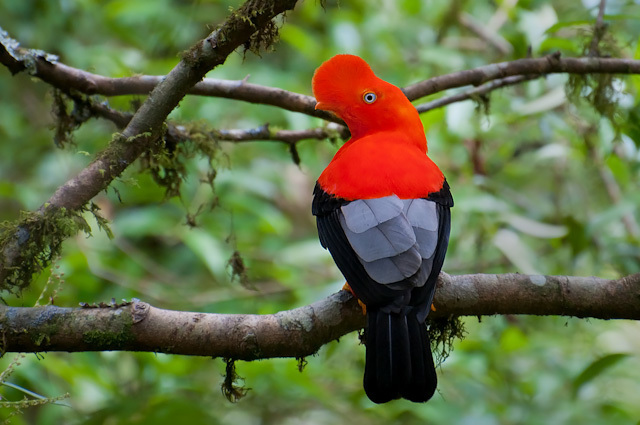
Masked Trogon (Trogonidea family)
Along the Inca Trail you will be awe-struck by this eye-catching bird. It has a vibrant yellow and green coloring with a long tail. It can stand perched on a tree for long periods of time, giving you ample time to snap a few photographs or simply admire. (Size 25-26 cm)
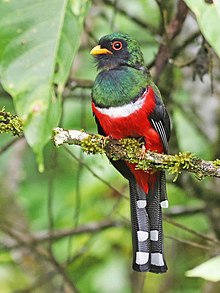
Andean Guan (Cracidae family)
These birds are shaped like turkeys, but have a more slender and elegant body shape. They are brown birds with a whitish edge. They occupy the cloud forest part of the trail. After descending from the Sun Gate (Intipuku), you are likely to encounter these social and timid birds. (Size 40–58 cm)
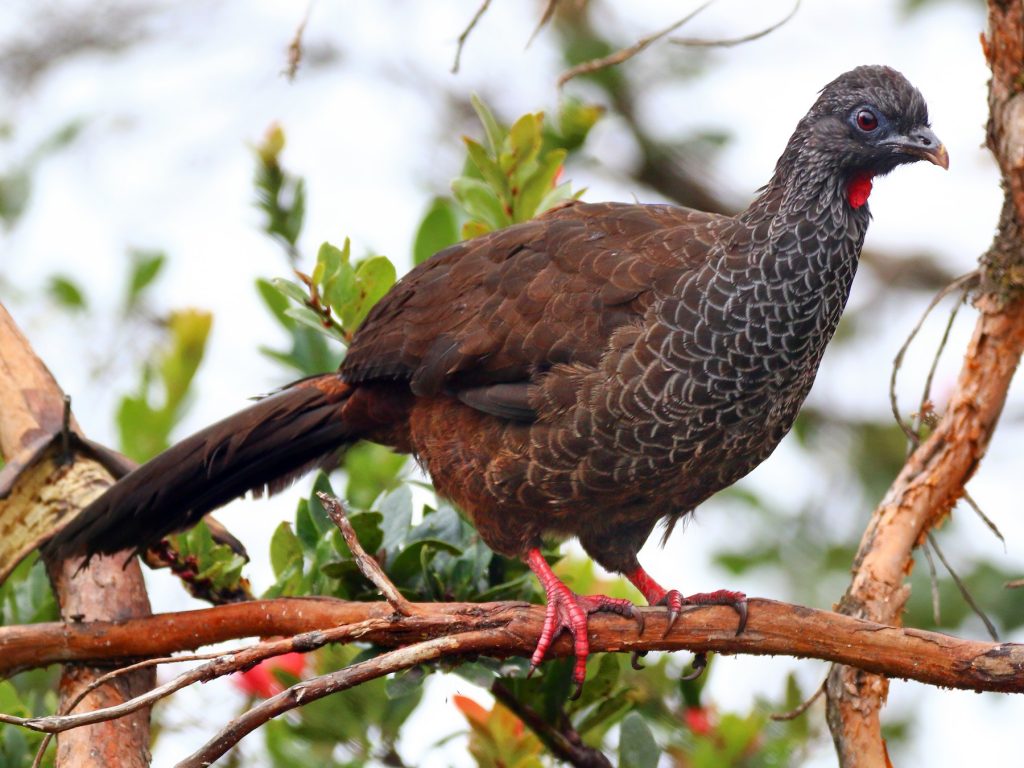
Giant Hummingbird (Patagona gigas)
This is the largest hummingbird in the world. Being almost double the size of the second largest hummingbird and more then 10 times the size of the smaller breeds. Seen along the Inca trail, the giant hummingbirds have a long wingspan and are slower than other hummingbirds. However, they are still extremely agile and acrobatic flyers. (Size 19cm + beak 4cm)
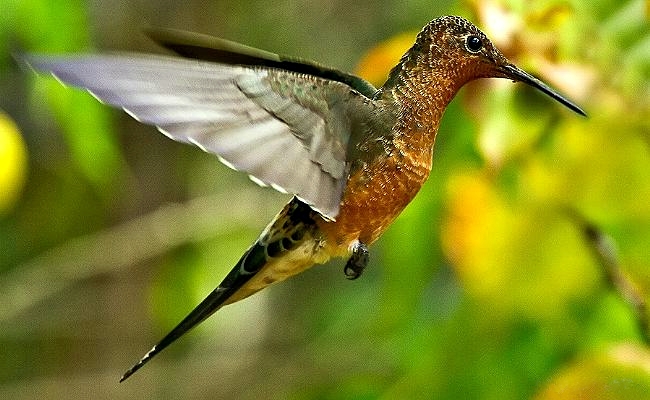
To conclude. There are many beautiful and unique all around the Machu Picchu sanctuary and we cannot mention them all. But the bird life here is certainly one to not miss and can be enjoyed simultaneously with the over 700 butterfly species.
